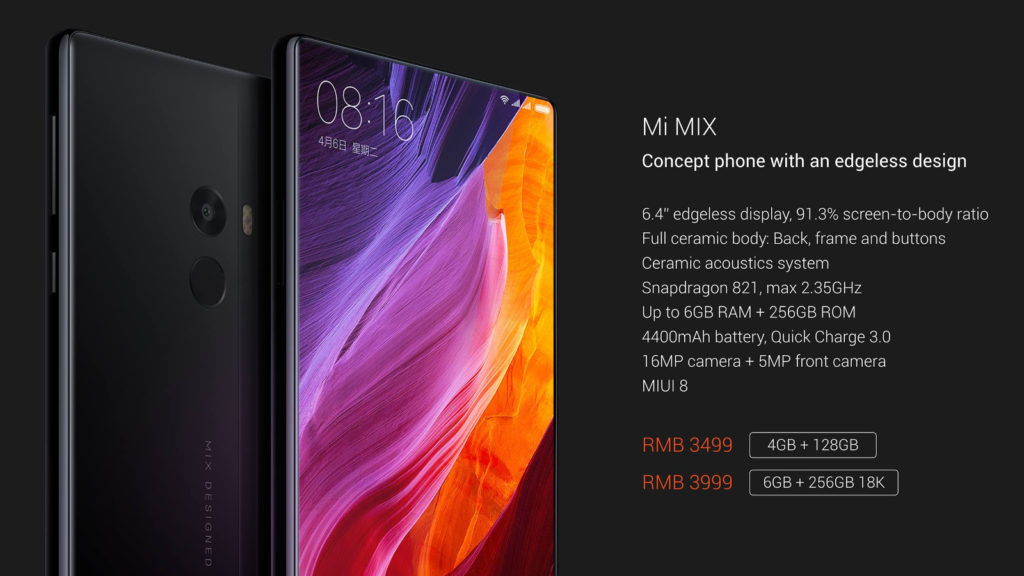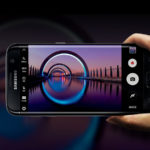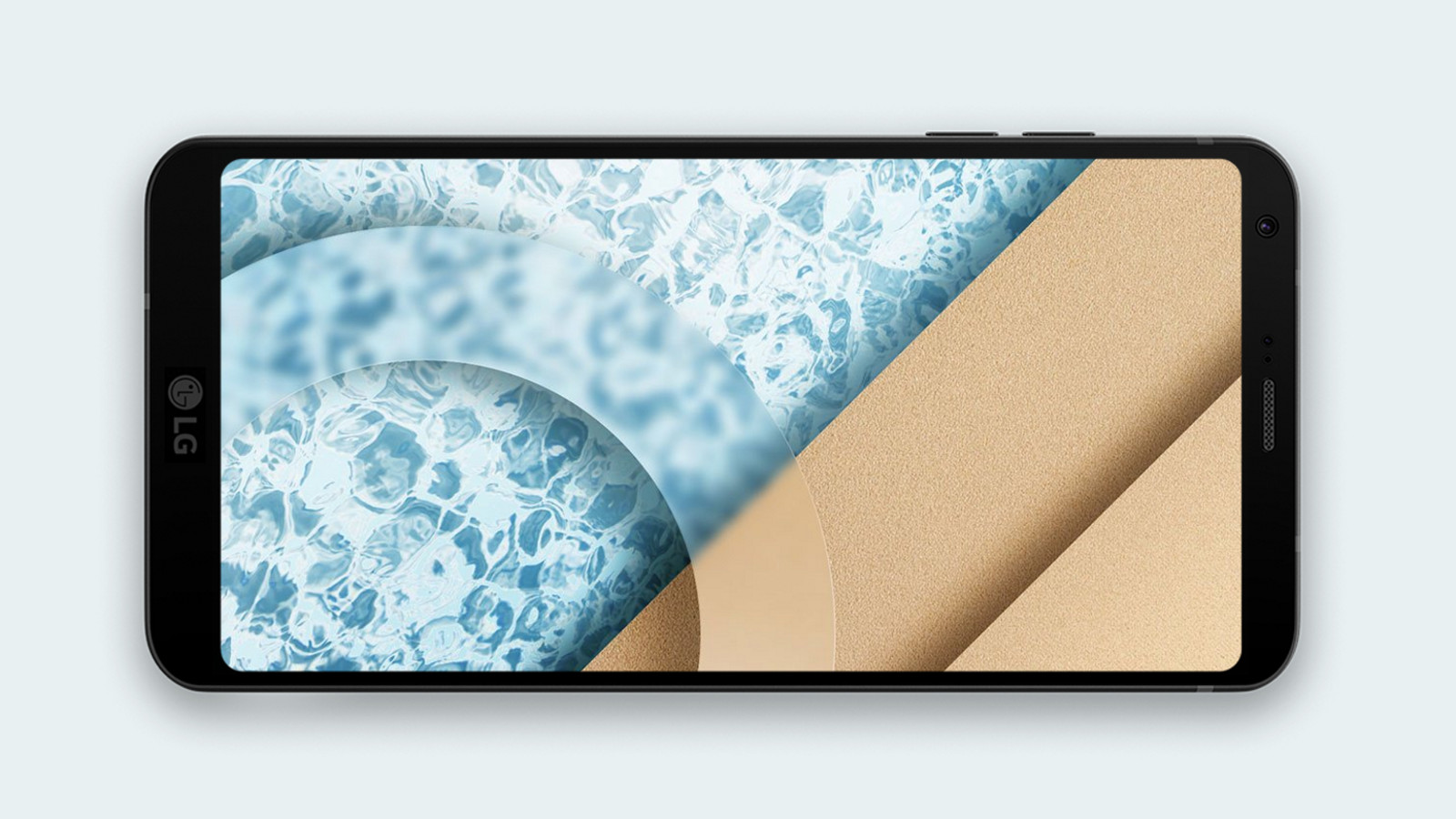A standout presence at Africa’s leading technology showcase Global leading AI device ecosystem company HONOR wrapped up a successful three days at the Africa…
The chase for thin bezels is lovely, but is it worth it?

The past few months have seen the trend of thin bezels, or a high screen/body ratio, making headlines. Sharp’s Aquos Crystal popularised the trend back in 2014, and then we had the Xiaomi Mi Mix, released late last year.
The Mi Mix managed to up the ante in an incredible way, delivering super-thin bezels that makes for an astounding design. Even Samsung’s rumoured Galaxy S8 and LG’s G6 (hands-on) don’t quite stack up in terms of design, it could be argued.
Xiaomi‘s smartphone retains some incredibly thin borders on three sides, with the bottom being the only part of the phone to retain a sizeable bezel.
Oh yeah, Samsung and LG… They’ve followed Xiaomi’s lead and gone into the high screen/body ratio game as well. LG’s G6 opts for thin bezels at the top and bottom, with the bottom bezel being thinner than the Mi Mix. Meanwhile, Samsung’s Galaxy S8 will follow a similar path, according to leaks, albeit with a curved screen too.
The quest for thin bezels means that smartphones have had to make a few compromises
But the thin bezels have forced manufacturers to come up with ingenious solutions to problems they never had before, it would seem.
For instance, Xiaomi did a Nokia N9 and moved the selfie camera to the lower bezel. Then it decided to ditch the earpiece and use piezoelectric technology to transmit audio calls, allowing the user to place their ear anywhere on the screen to hear a call. It’s really one of the crazier solutions we’ve heard of in recent years.
However, the high screen/body ratio phenomenon has also reinforced the entrenched wisdom that smartphone design is a game of compromises.
Xiaomi’s almost unflinching approach has resulted in a mediocre camera experience, being the chief criticism levelled against the Mi Mix. Perhaps there was no space left for a decent camera sensor, or maybe the overall engineering effort meant that the camera was low on the list of priorities…
Then there’s the rumoured decision by Samsung to slap a fingerprint scanner on the back, moving it off the front of the S8. Rear-mounted fingerprint scanners have a load of fans too, but Samsung apparently chose to slap it right next to the camera — a weird choice. Until fingerprint scanners can be successfully moved below the screen (the active part, not merely the glass itself), expect rear-mounted fingerprint scanners to stay on these phones.
The decision to move the fingerprint scanner to the back also means that Samsung is apparently going all-in on virtual buttons instead of physical keys (the home button was a fingerprint scanner too). After all, where are you going to put physical buttons on a phone with tiny bezels?
The thin bezel trend also presents another possible challenge, as it’s expected that dropped phones are more likely to break (although LG claims otherwise). If you don’t have a case for your current phone, you’ll definitely want one if you’re buying one of these phones. And what’s the point of a crazy design if the case covers it up?
It all brings to mind the thin smartphone trend popularised by the likes of Apple, with Huawei and other brands quickly picking up the baton. Heck, China’s Oppo dropped the earphone jack back in 2014 with the Oppo R5. Fortunately, the war for thin phones has reached an armistice of sorts.
Whatever the case may be, the high screen/body ratio trend has arguably become the biggest trend of the year already. So expect some of your favourite brands to jump on the bandwagon. And don’t be surprised if Apple picks up on the phenomenon too…


